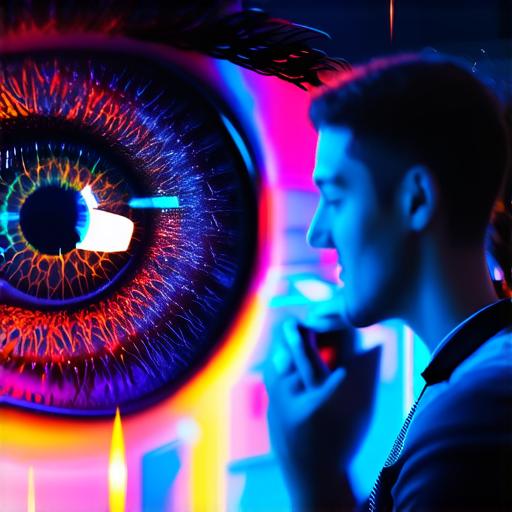What is Augmented Reality?
AR refers to a digital technology that superimposes computer-generated graphics onto the real world in real-time. It allows users to interact with virtual objects and environments, enhancing their experience of the physical world.
Applications of Augmented Reality
AR has a wide range of applications across various industries. Some of the most popular applications include:
Gaming
AR gaming is one of the most popular applications of AR technology, and it’s easy to see why. It offers an immersive experience that blends the real world with virtual objects, creating a more engaging gameplay experience. For example, the popular mobile game Pokemon Go uses AR to bring virtual creatures into the real world.
Education
AR has also found its way into education. By superimposing digital content onto physical surfaces, AR can enhance learning experiences and make them more interactive. For instance, AR apps like Aurasma and Layar can be used to teach anatomy by overlaying 3D models onto real-world surfaces.
Retail
AR technology has revolutionized the retail industry by providing customers with a personalized shopping experience. It allows users to visualize products in their homes or on their bodies before making a purchase, creating a more engaging and interactive shopping experience. For example, IKEA’s AR app lets customers see how furniture will look in their home before buying it.

Healthcare
AR technology has also found its way into healthcare, where it can be used for medical training, surgery planning, and patient monitoring. For instance, AR can be used to overlay digital models onto the human body, allowing doctors to visualize complex anatomy and plan surgeries more accurately.
How Augmented Reality Works
AR works by using a combination of computer vision algorithms and image recognition technology to track real-world objects or surfaces. Once these objects are detected, AR software can superimpose digital content onto them in real-time, creating an immersive experience for the user.
There are three main components that make up an AR system:
- Capture device: This is a device that captures the real world, such as a smartphone camera or a depth sensor.
- Tracking algorithm: This algorithm uses image recognition technology to track real-world objects and surfaces, allowing digital content to be superimposed onto them in real-time.
- 3D model rendering engine: This is the software that creates the 3D models and animations that are overlaid onto the real world.
Tips for Developing AR Projects
If you’re an AR developer looking to create engaging and immersive experiences, here are some tips to get you started:
- Keep it simple: AR projects can be complex, so it’s important to keep the user experience simple and easy to navigate.
- Focus on the real world: AR technology is all about enhancing the user’s experience of the physical world, so make sure your project focuses on real-world objects or surfaces.
- Use real-time rendering: Real-time rendering is essential for creating an immersive experience, as it allows digital content to be superimposed onto real-world surfaces in real-time.
- Test and iterate: AR development requires a lot of testing and iteration to get the user experience just right.
